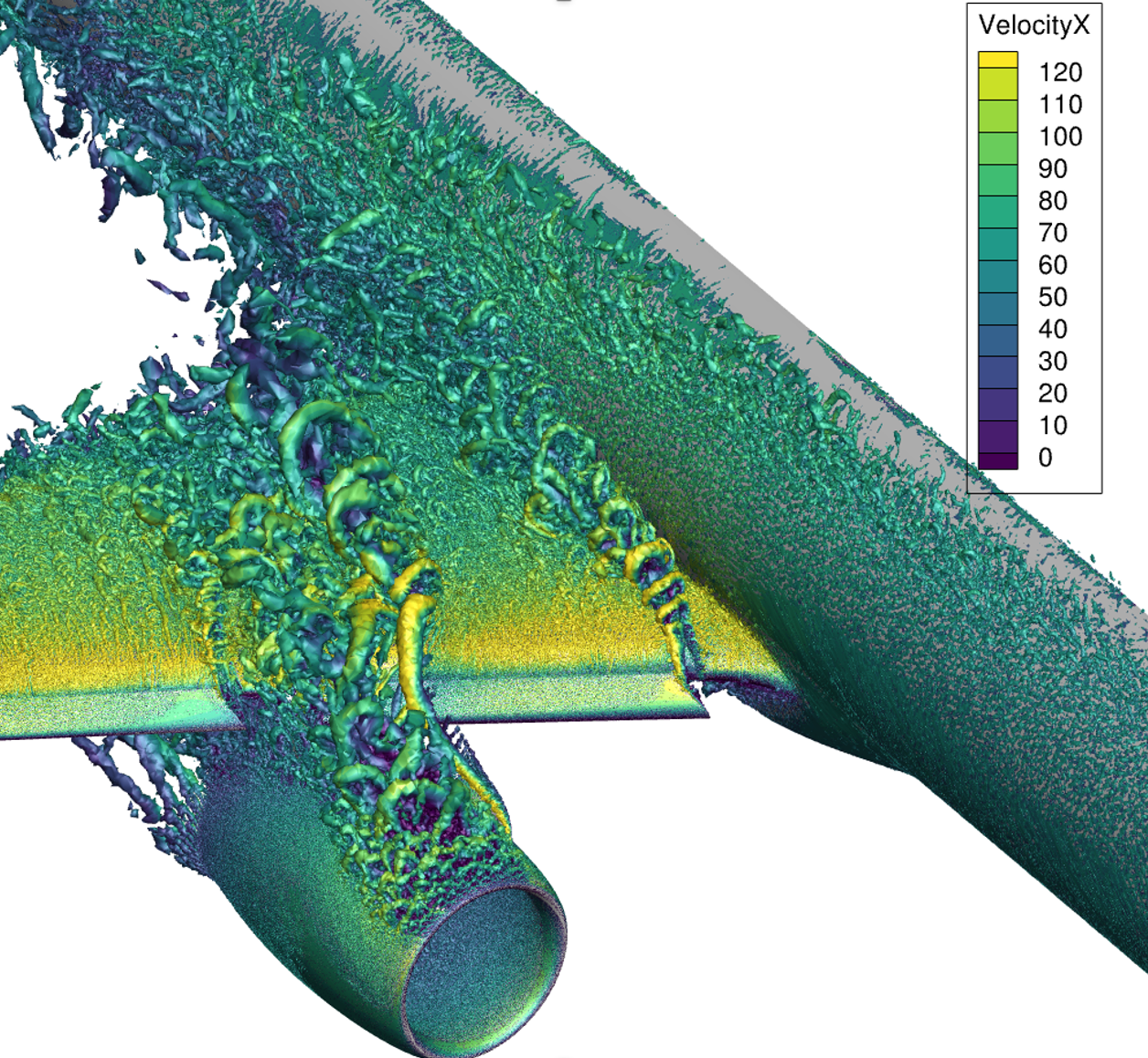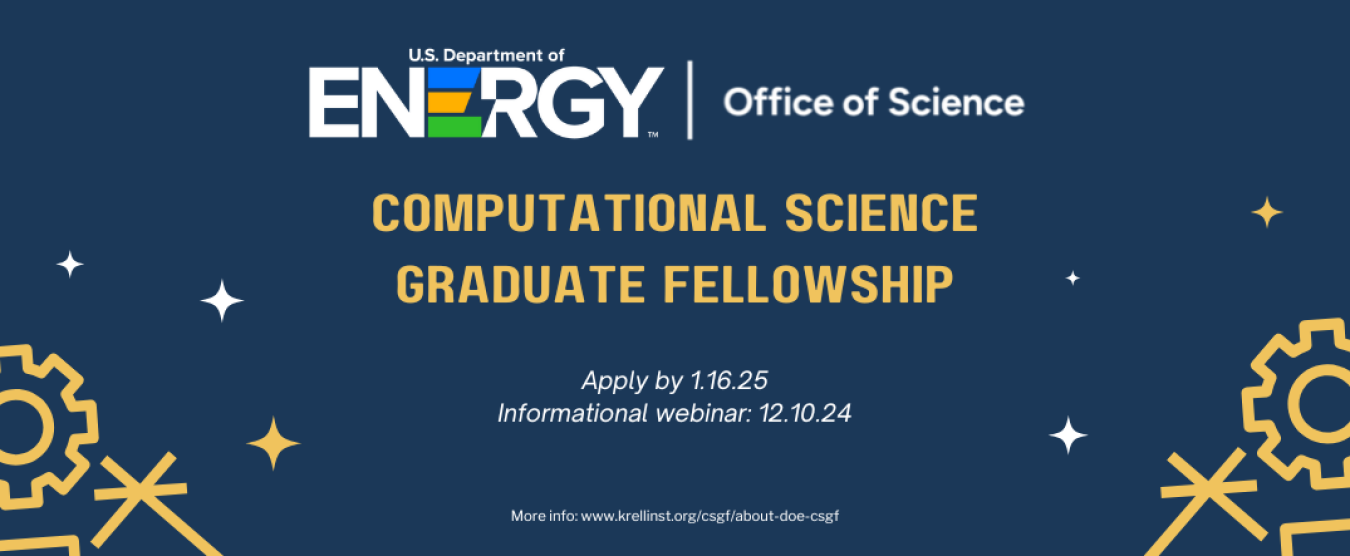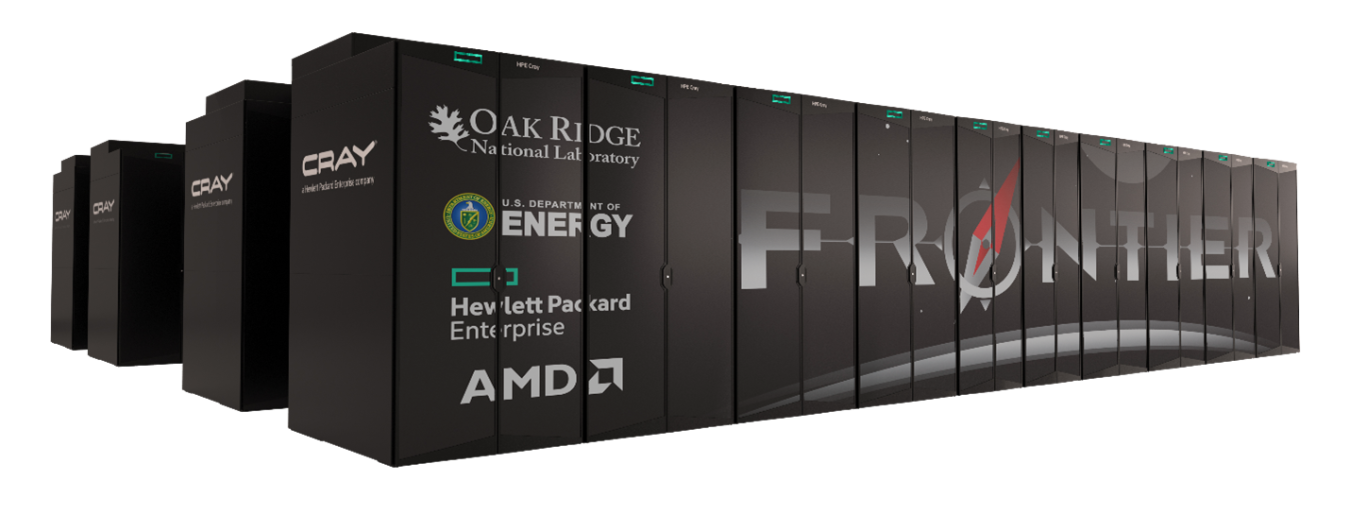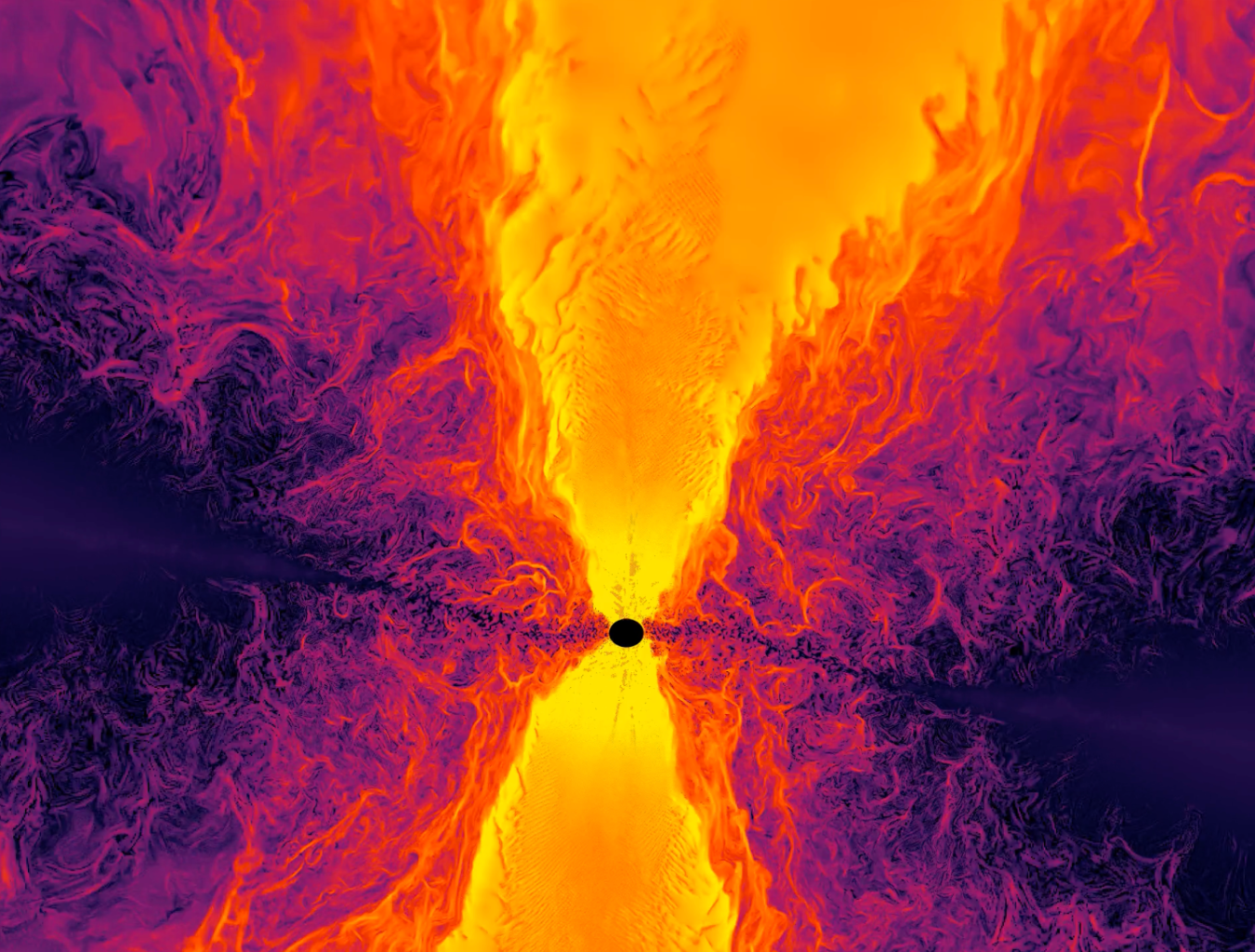DOE’s Supercomputers and the Research They Make Possible
Supercomputers are a tool that enable scientists to conduct research that couldn’t be done otherwise. In particular, simulations allow scientists to study phenomena that are too large, too complex, too dangerous, too small, or too fleeting to study using experiments or observations.
DOE’s national laboratories have supercomputing facilities available to researchers from industry and academia. Widespread access to these resources allows public investments in state-of-the-art technology to have the maximum benefit to the American people.
DOE currently operates three exascale computers: Frontier at the Oak Ridge Leadership Computing Facility (OLCF); Aurora at the Argonne Leadership Computing Facility (ALCF); and El Capitan at Lawrence Livermore National Laboratory (LLNL).
The DOE’s Office of Science manages the user facilities that host Frontier and Aurora. Frontier opened for operations in 2022 and Aurora will in 2025.
The National Nuclear Security Administration’s (NNSA’s) El Capitan is officially the world’s most powerful supercomputer and the first exascale machine dedicated to national security. This tremendous leap forward in high-performance computing further enhances NNSA’s ability to ensure America’s nuclear weapons are safe, secure, and reliable without returning to explosive nuclear testing.
These supercomputers can conduct over 1,000,000,000,000,000,000 floating point operations (a form of calculation) a second. In comparison, it would take everyone in the world doing simple math problems for five years straight to complete a similar number of calculations by hand that an exascale computer can complete in one second. El Capitan’s 20-fold increase in computing performance over its predecessor allows it to create complex, high-resolution 3D simulations that used to take weeks in just hours.
Exascale computers are particularly well-suited to use artificial intelligence and machine learning for research. Applications include understanding patterns of cancer across the country, modeling plasma in a fusion device, and simulating galaxies to understand the cosmos.
DOE also supports a number of other supercomputers that take on projects that are essential to DOE’s mission. These supercomputers are at the Office of Sciences’ National Energy Research Scientific Computing Center (NERSC) user facility at Lawrence Berkeley National Laboratory, the National Energy Technology Laboratory, Los Alamos National Laboratory, Lawrence Livermore National Laboratory and Sandia National Laboratory. Scientists are working to connect scientific instruments that collect massive amounts of data - like X-ray light sources - to these computers so scientists can receive and examine data in real-time. With these access to these supercomputers, researchers can tackle topics ranging from the structure of the proton to nuclear deterrence.
The work requires multi-disciplinary teams of experts. Researchers that specialize in specific areas - like chemistry, materials science, or medical research - collaborate with computer scientists to tackle the biggest challenges in those fields. Several Nobel Prize winners have used DOE supercomputers to conduct parts of their prize-winning research.
Highlights
In 1995, DOE took major steps forward in supercomputing by establishing the leadership computing facilities at Argonne and Oak Ridge national laboratories. These major investments in hardware and software eventually enabled the first and second exascale computers in the world.
One of the big advances was the use of graphic processing units (GPUs) for scientific computing. GPUs are usually used to display graphics, such as in video game systems. However, computers can also use them for computation. GPUs can streamline massive systems like those in exascale computers and are much more energy-efficient than traditional computing processing units (CPUs). For the same amount of computing power, GPUs use about 10 times less energy than CPUs. DOE first started using GPUs for computing in 2012. Now major technology companies use GPUs to train artificial intelligence.
The inclusion of GPUs in supercomputers required innovation in the scientific applications (software) that use these computers. In 2016, the DOE Office of Science and National Nuclear Security Administration launched the Exascale Computing Project. Supporting more than 1,000 researchers across the nation, the project focused on integrating application, hardware, and software research and development needed to effectively use an exascale system. While the project ended in 2024, its effects will be felt on computing for decades.
Entering the exascale-era represents a starting point for a new generation of computing. The DOE is committed to helping scientists and computing facilities use this technology and prepare for pushing the boundaries of computing through exascale and beyond.

The Department of Energy has long been a leader in supercomputing technology for science. DOE’s computers have regularly appeared in the top 10 of the Top500 list of most powerful computers in the world.
Researchers at DOE’s national laboratories were early adopters of networked computers. In 1976, fusion researchers at Lawrence Livermore National Laboratory created the first computing network dedicated to transferring scientific data. (That network later became the Energy Sciences Network (ESnet), a DOE Office of Science user facility.) Researchers from Lawrence Berkeley National Laboratory designed a foundational protocol to manage internet traffic that kept the burgeoning information highway from crashing. Other early advances included forerunners to cloud computing and Google Earth.
Frontier: The World's First Exascale Supercomputer Has Arrived
Watch this video to learn more about this groundbreaking supercomputer.
Press Releases
From Our Blogs
-

- Careers
- CHIPS and Science Act
- National Labs
- Research, Technology, and Economic Security
- Supercomputers
October 24, 2024 -
- Space Exploration and the Universe
- Particle/High Energy Physics
- National Labs
- Explore Physics at DOE (Physics)
- Supercomputers
October 17, 2024 -
- Electric Grids
- Clean Energy
- National Labs
- Supercomputers
September 25, 2024 -
- Quantum Science
- CHIPS and Science Act
- Research, Technology, and Economic Security
- Supercomputers
- Next-Generation Energy Technologies
September 9, 2024



